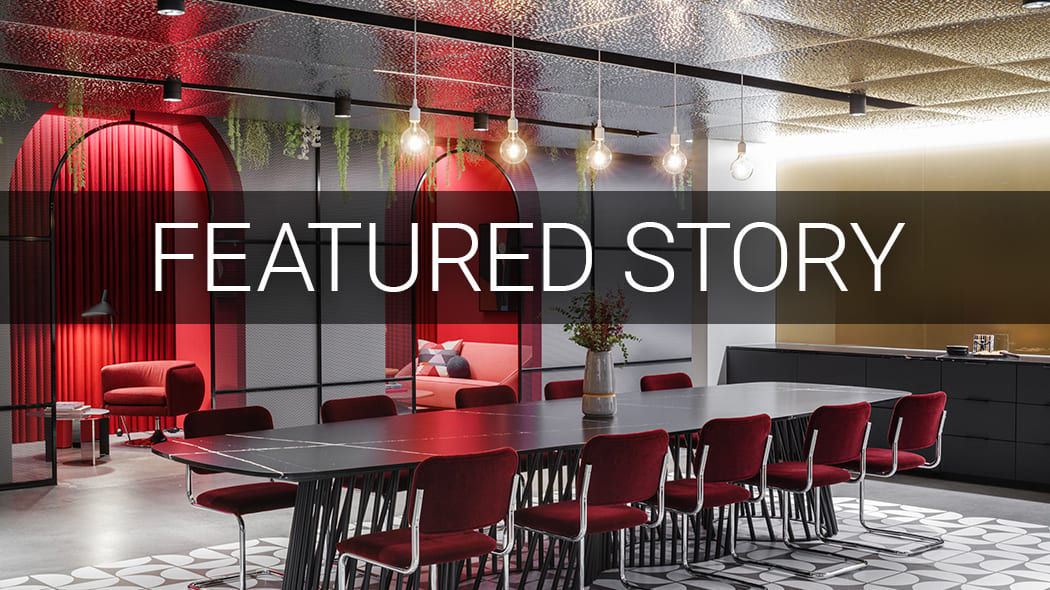Application techniques for Venetian, clay, gypsum, acrylic and Tadelakt plasters. By Rob Knight
Options
Plaster
Interior
xxxxx. xxx
xxxxx
xxxxxxxxx
xxxxxxxxxxxxxxx By xxxxxxxx
h2 - xxxx
h3 - xxxx
H1 headline
Decorative plaster finishes bring depth, character, and durability to interior and exterior surfaces. While they may all fall under the umbrella of specialty plasters, each material has unique characteristics and application methods that affect performance, appearance and labor requirements.
This guide breaks down key techniques, recommended tools and considerations for five popular types of plasters used in architectural finishes.
1. Venetian Plaster
Characteristics:
- Ultra-smooth, polished appearance
- Lime-based or synthetic resin formulas
- Ideal for creating depth and movement through layering
Application Tips:
- Substrate Prep: Smooth Level 5 drywall or high-build basecoat
- Layering: Apply multiple thin coats with a stainless-steel trowel
- Polishing: Burnish while still slightly damp for high gloss
- Sealing: Optional wax or sealer enhances sheen and protects surface

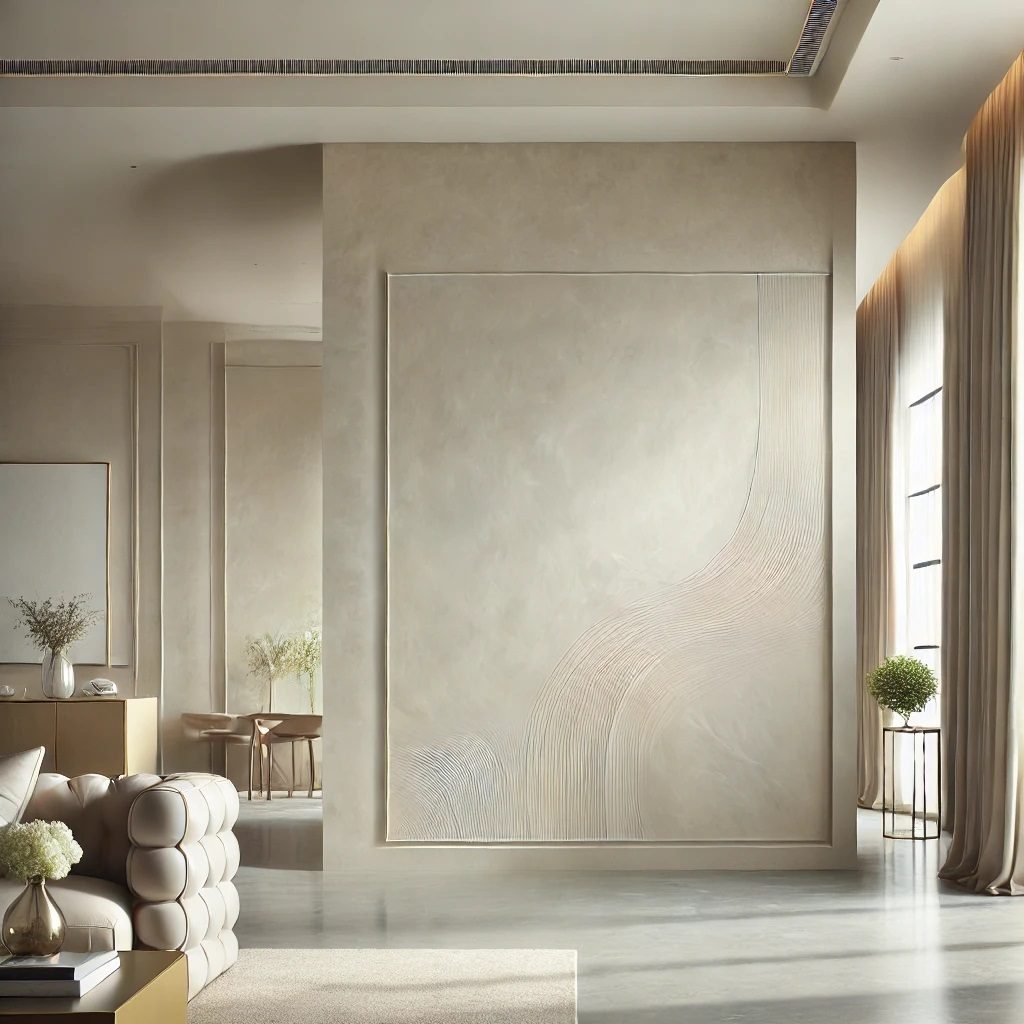

Venetian Plaster
Tools Recommended:
- Stainless steel Venetian trowel
- Burnishing blade or spatula
- Hawk and pan
- High-grit sanding pad (optional)
- Polishing cloth or buffer (for final finish)
2. Clay Plaster
Characteristics:
- All-natural, breathable, and VOC-free
- Matte, earthy textures
- Naturally regulates humidity
Application Tips:
- Basecoat: Earthen or mineral plaster base; bonding may be needed on drywall
- Mixing: Use clean tools; avoid metallic containers that can react with clay
- Application: Trowel or hand-apply; multiple passes to compress and shape
- Dry Time: Allow full drying between coats; slow curing is better

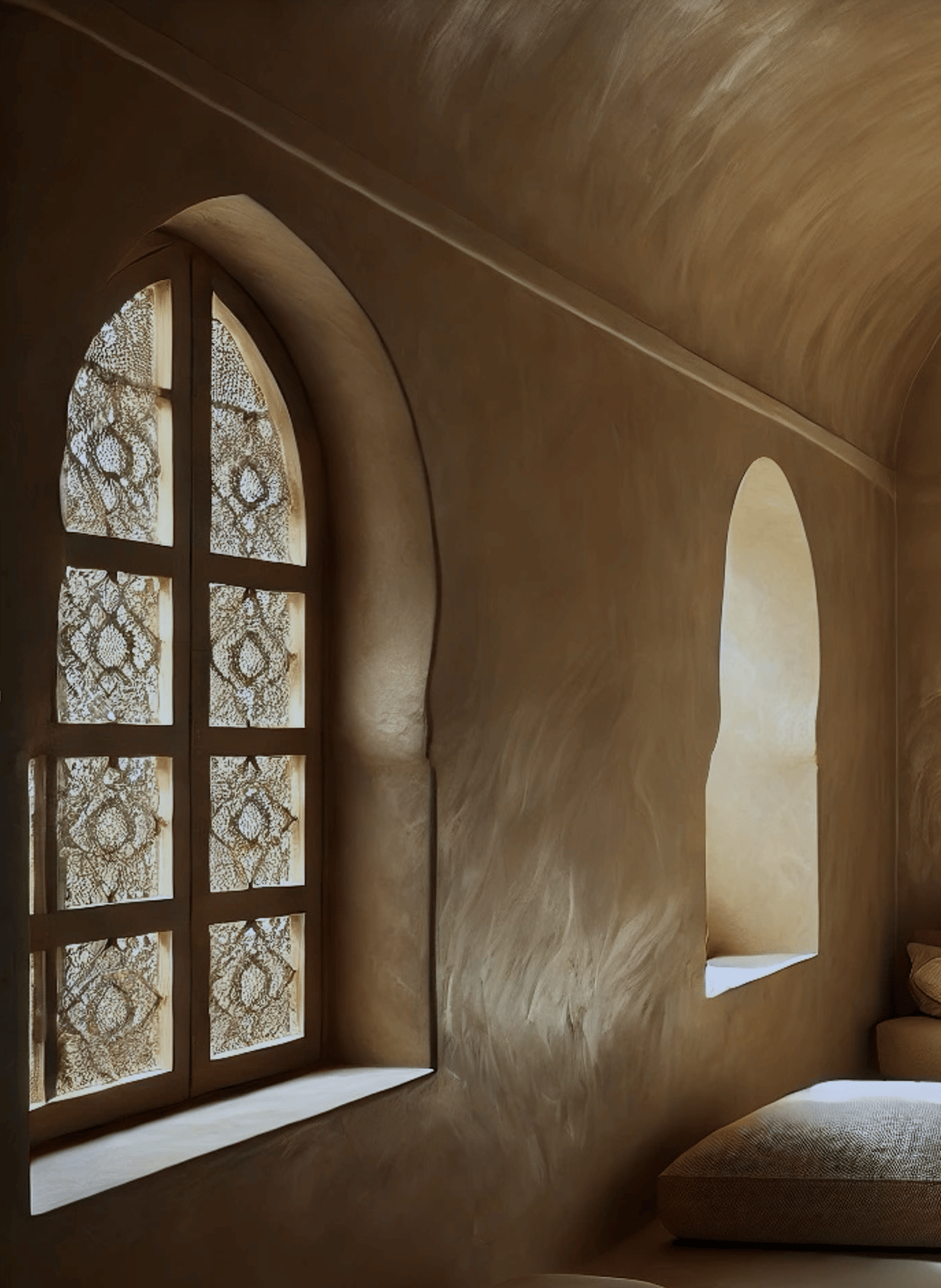
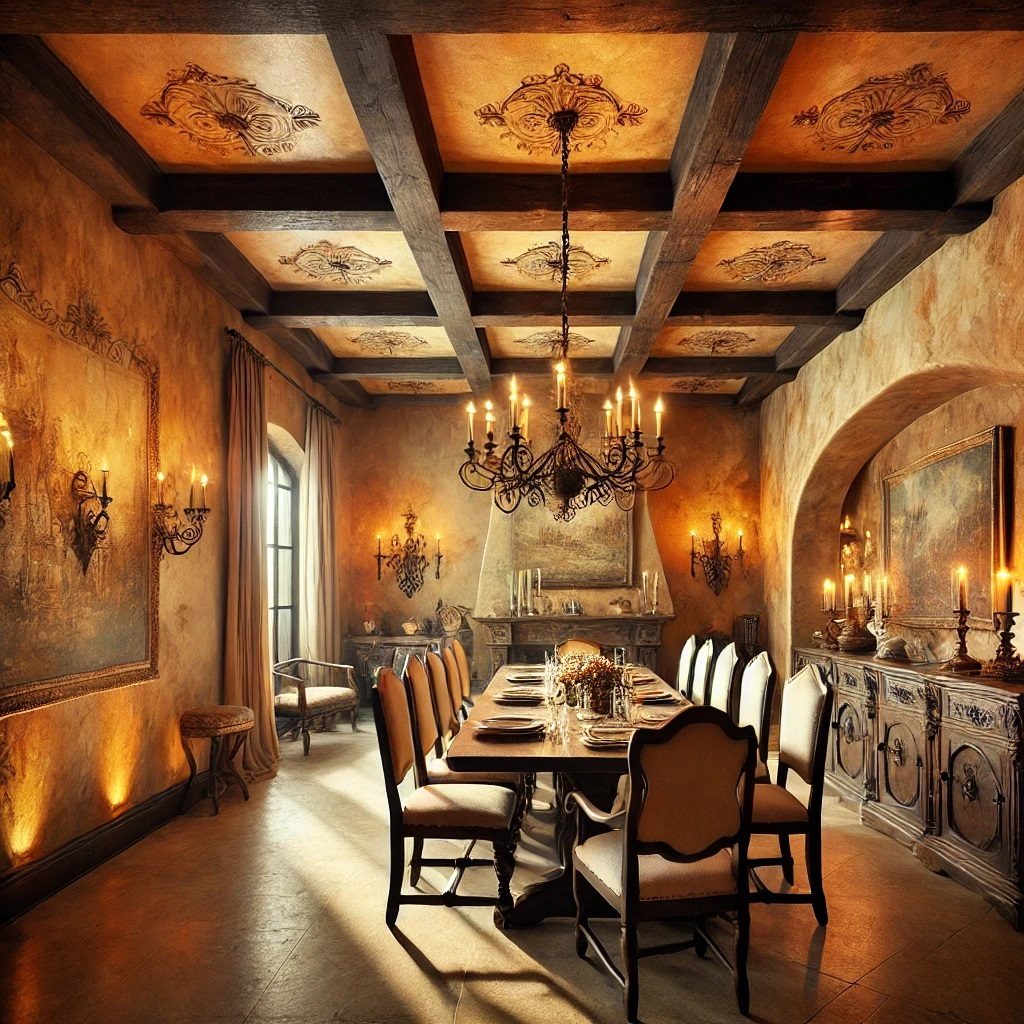

Clay Plaster

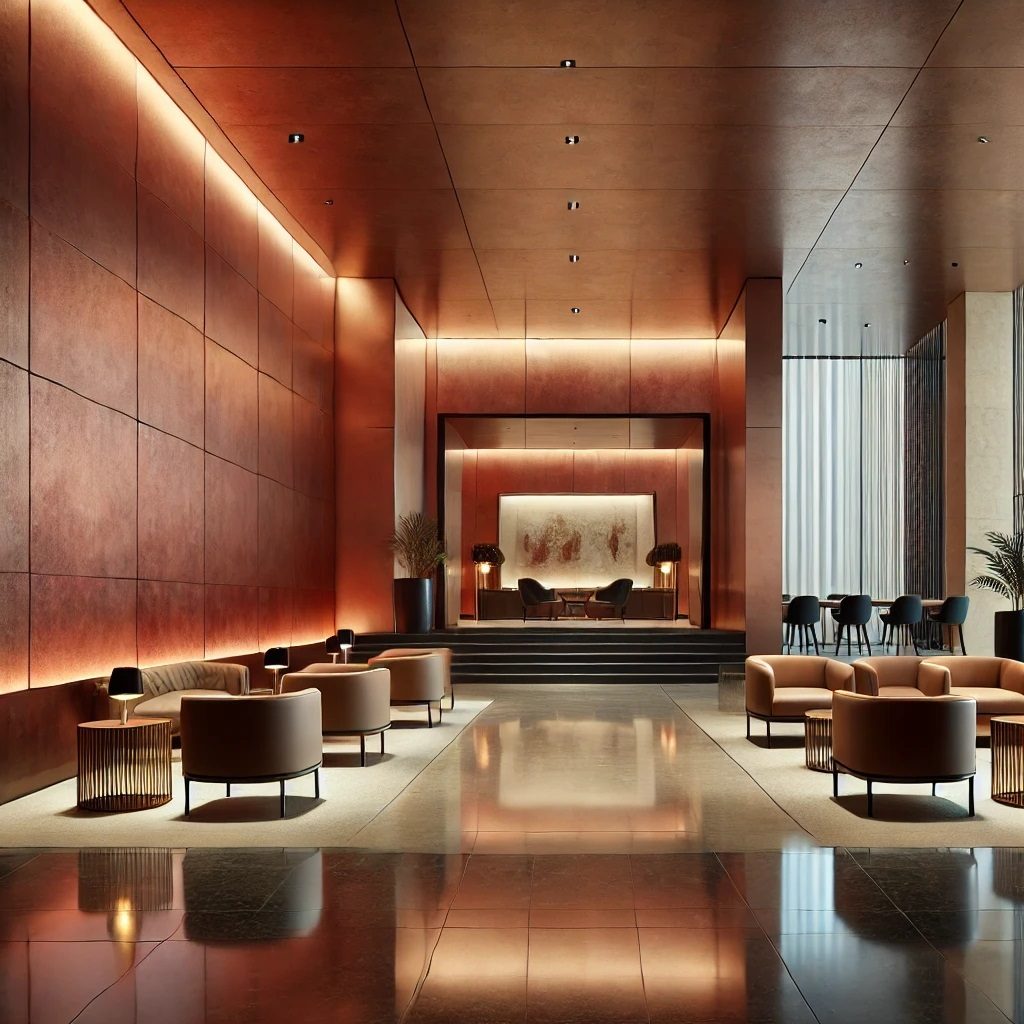

Tools Recommended:
- Carbon or plastic trowel
- Mixing paddle and clean bucket
- Natural sponge or float
- Finishing brush or spatula
- Water spritzer (for rehydration during work)
3. Gypsum Plaster
Characteristics:
- Fast-setting, interior-only use
- Smooth or sanded textures
- Often used as a veneer over compatible board
Application Tips:
- Baseboard: Requires gypsum-compatible substrates like blueboard
- Mixing: Follow exact water-to-mix ratio; quick set times
- Troweling: One or two-coat systems depending on surface condition
- Finishing: Sanding or floating to desired smoothness

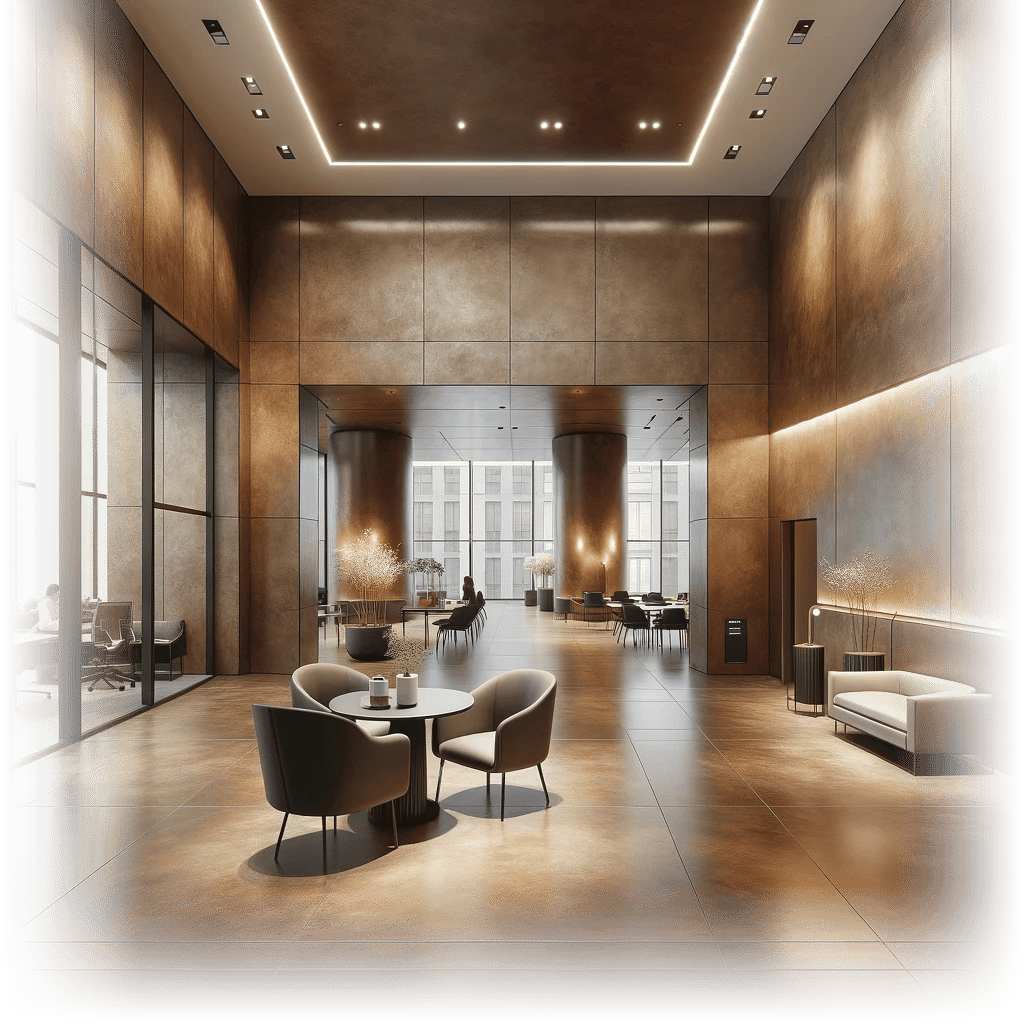

Gypsum Plaster
Tools Recommended:
- Plasterer’s hawk and trowel
- Mixing drill with paddle
- Sanding screen or sponge
- Blueboard knife (for board prep)
- Dust mask and safety gear
4. Acrylic Plaster
Characteristics:
- Pre-tinted, integrally colored, polymer-based
- High durability, UV resistant, flexible
- Can mimic other plaster finishes
Application Tips:
- Substrate Flexibility: Bonds to drywall, concrete, stucco, EIFS
- Trowel or Spray: Use a hawk/trowel or hopper gun; knockdown or smooth techniques
- Workability: Longer open time than lime-based plasters
- Maintenance: Easy to clean; high abrasion resistance
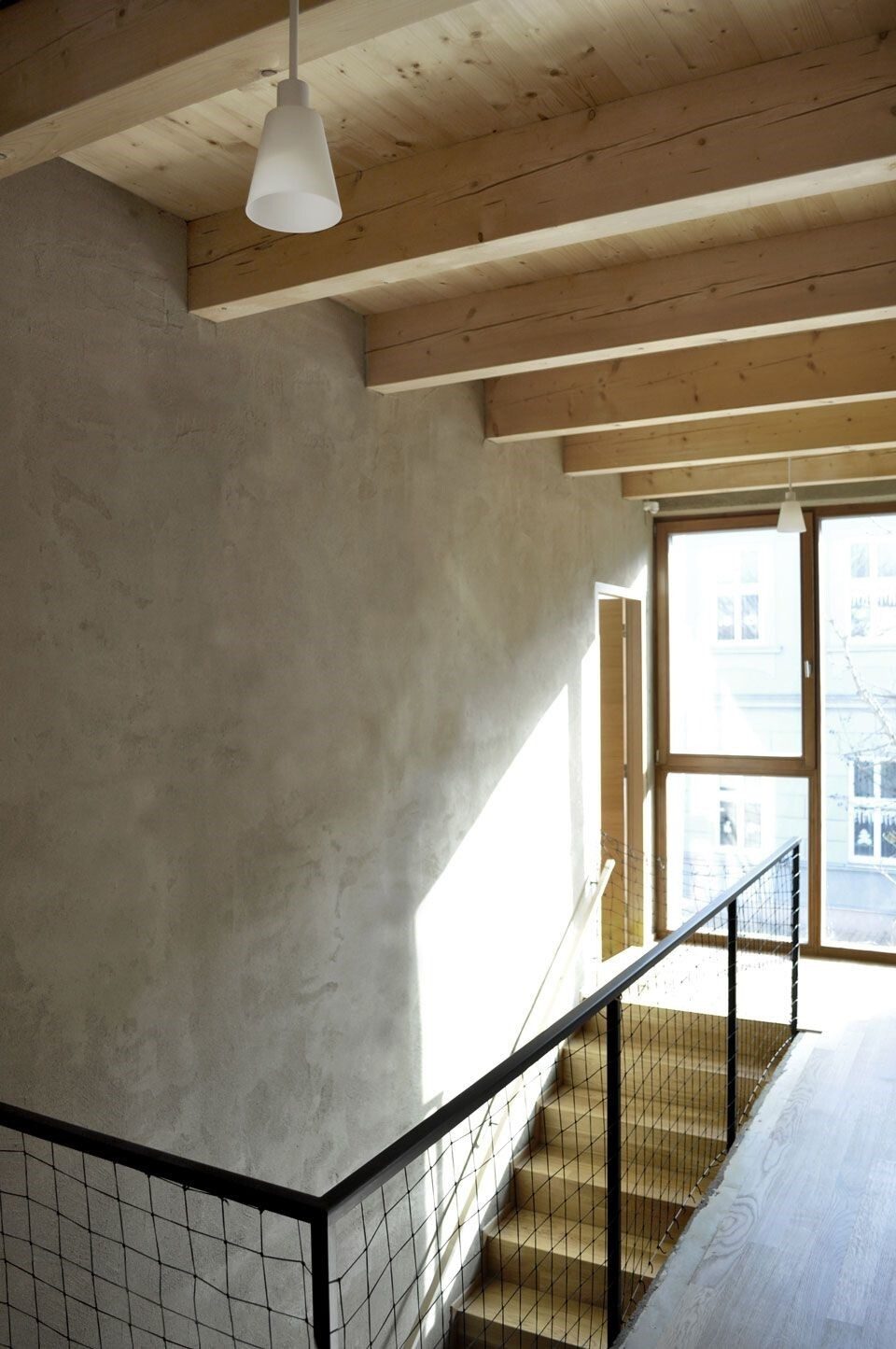



Acrylic Plaster
Tools Recommended:
- Stainless steel or plastic trowel
- Hopper gun (for spray application)
- Hawk and pan
- Knockdown blade (for texture effects)
- Masking tools for surface protection
5. Tadelakt
Characteristics:
- Waterproof lime plaster polished with a stone and soap
- Creates a seamless, organic look
- Naturally mold- and mildew-resistant
Application Tips:
- Special Training: Requires skilled artisan techniques
- Base: Lime plaster or natural substrate
- Application: Trowel on in layers, then polish with smooth stones
- Sealing: Rub in black soap to create waterproof finish

Tadelakt Plaster
Tools Recommended:
- Hard plastic or steel trowel
- Polishing stones (smooth river stone or specialty tadelakt stone)
- Savon Noir (black olive soap)
- Sponge and cloth for final wipe
- Spray bottle (for misting)
- Cross-Technique Pro Tips
- Use Clean Tools – Contamination affects adhesion and finish
- Sample First – Always create mockups for approval and practice
- Control Environment – Humidity and temperature affect curing and polish
- Blend Batches – Especially for natural or tinted plasters
- Protect Your Work – Use drop cloths and barriers to avoid splatter on adjacent surfaces



Final Thoughts
Choosing the right plaster is as much about aesthetic as it is about performance. Whether you're crafting a modern hotel lobby with high-gloss Venetian or designing an adobe-inspired wellness retreat with clay, knowing your application techniques and tools is critical to achieving the desired finish efficiently and beautifully.
Need help with product selection, training, or samples? Let interior plasterers support project goals with artisan-level expertise.
Images courtesy of Variance Specialty Finishes/PAREX USA
Rob Knight is the business development manager at Variance Specialty Finishes/PAREX USA. He brings more than 35 years of experience in the commercial and residential markets with a wealth of stucco, EIFS and specialty finishing materials experience.
